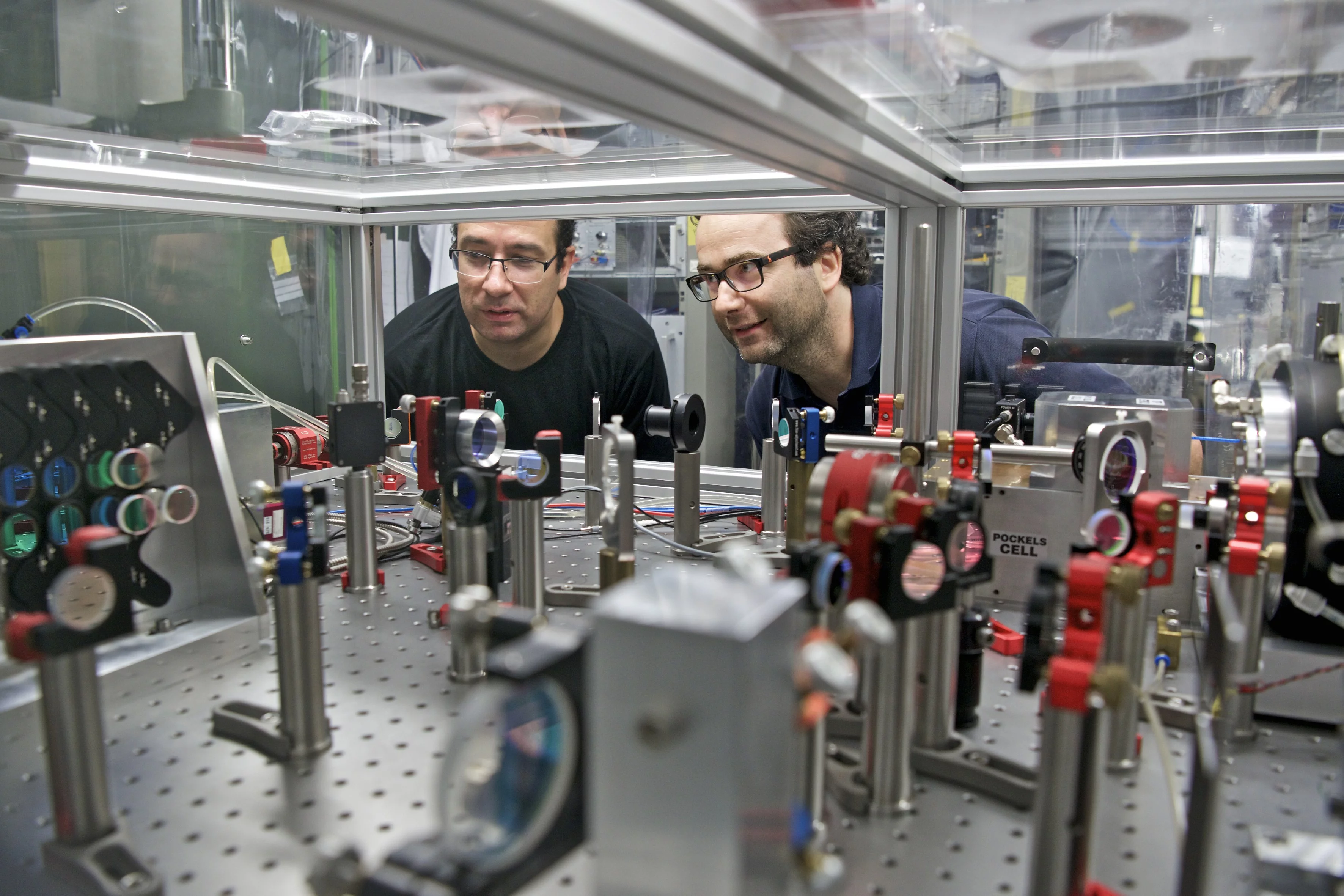The deuteron — one of the simplest atomic nuclei, consisting of just one proton and one neutron — is considerably smaller than previously thought. This finding was arrived at by an international research group that carried out experiments at the Paul Scherrer Institute, PSI. The new result is consistent with a 2010 study by the same group, in which the researchers measured the proton and found a significantly smaller value than previous research using different experimental methods. The result from 2010 formed the basis for what has been known since then as the proton radius puzzle. The new measurement of the deuteron’s size has now given rise to an analogous mystery. It is possible that this will lead to an adjustment of the Rydberg constant, a fundamental quantity in physics. Another possible explanation is that a physical force as yet unknown is at work. For their experiments the researchers used laser spectroscopy to measure so-called muonic deuterium: an artificial atom consisting of a deuteron orbited by an exotic elementary particle known as a muon. The experiments took place at PSI because the world’s most powerful muon source, available here, was needed to produce sufficient muonic deuterium. The researchers have published their new study of the deuteron’s size in the renowned journal Science.
Reference: R. Pohl, F. Nez, L.M.P. Fernandes, F.D. Amaro, F. Biraben, J.M.R. Cardoso, D.S. Covita, A. Dax, S. Dhawan, M.Diepold, A. Giesen, A.L. Gouvea, T. Graf, T.W. Hänsch, P. Indelicato, L. Julien, P. Knowles, F. Kottmann, E.-O. Le Bigot, Y.-W. Liu, J.A.M. Lopes, L. Ludhova, C.M.B. Monteiro, F. Mulhauser, T. Nebel, P. Rabinowitz, J.M.F. dos Santos, L.A. Schaller, K. Schuhmann, C. Schwob, D. Taqqu, J.F.C.A. Veloso, A. Antognini Science 12 August 2016: Vol. 353, no. 6300, page 669
Read full article: here


